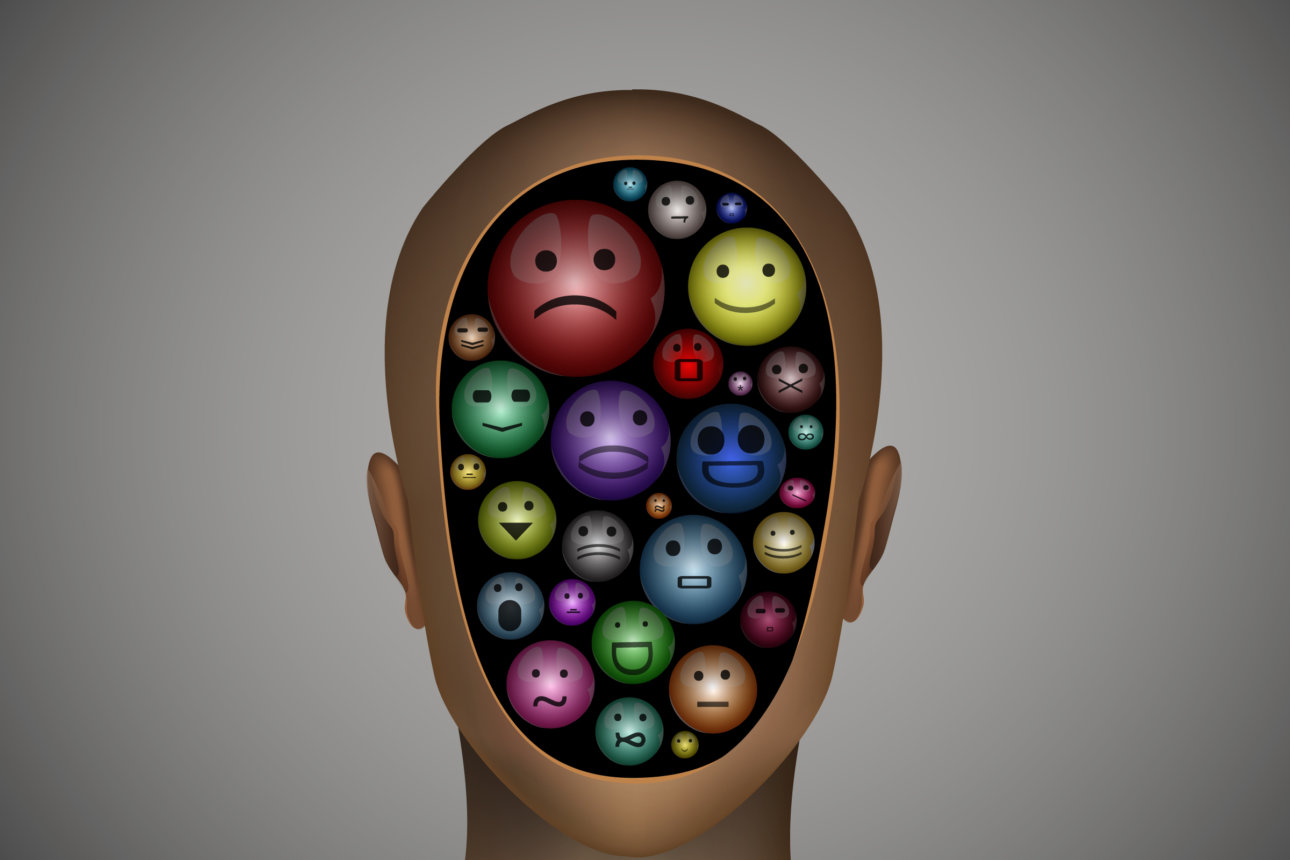Measuring Emotions in the Digital Age
Facial recognition software represents a new and promising digital approach to emotion measurement in management. But leaders must proceed with care.
Topics
Frontiers

Let’s face it — emotions matter. Whether we’d like them to or not, emotions play a role in decision-making, performance, and overall well-being, and it’s impossible (and undesirable) to stop people from experiencing them — even in environments where we’d often rather they didn’t, like the workplace. Given the omnipresence and impact of emotions in our lives, they have become a popular topic among researchers in business and management. Traditionally, many studies have focused on negative emotions in the workplace, given their ability to disrupt. Research has proved that emotions such as anger can be linked to higher levels of incivility among colleagues and that some negative emotions can be contagious.
When it comes to addressing employees’ emotions at work, strategizing the best response is often more difficult than one expects. After all, before addressing an employee’s problem, managers should first understand and clarify what the person is actually experiencing. But what if employees are experiencing multiple negative emotions? How do we know if employees are accurately reporting their feelings? These types of questions have generated a unique field of inquiry into emotion measurement and have fueled our research. One type of measurement is the real-time tracking of facial expressions, which represents a new and promising digital approach to emotion measurement in management.
Get Updates on Innovative Strategy
The latest insights on strategy and execution in the workplace, delivered to your inbox once a month.
Please enter a valid email address
Thank you for signing up
The majority of prior research has measured emotions using different forms of self-reporting. The most widely used technique currently uses standardized numerical rating scales; for example, a respondent may be asked to rate a feeling from 1 (“not feeling anything at all”) to 7 (“feeling very strongly”). This allows researchers to capture emotional measurements with specificity and to cleanly compare results among different participants. While these self-reported measures are convenient to administer, they are not always problem-free.
One concern is that participants do not always accurately report their true feelings. Inaccuracies from respondents withholding, misidentifying, or misrepresenting emotions stem from a variety of causes, such as feeling embarrassed to report certain emotions. The act of distributing self-reports can also precipitate a negative response, which can cloud results. In a study we have conducted on the link between trust and disgust, we found that participants completing a self-report scale on how they are feeling adversely affects their own emotional state.
